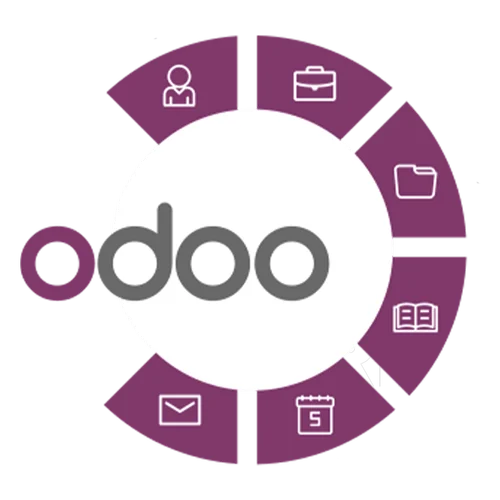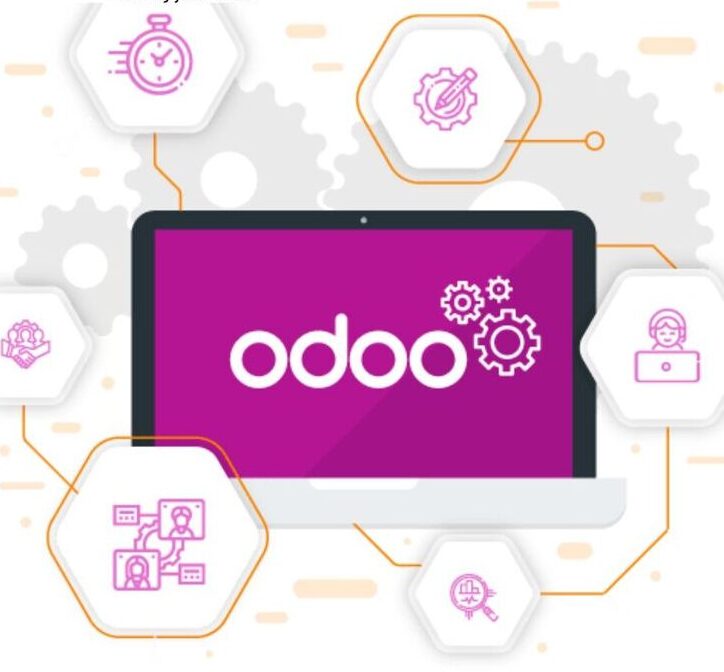In today’s competitive business landscape, efficient resource planning is paramount for achieving sustained growth and maintaining a competitive edge. Odoo, an open-source ERP platform, offers a robust solution for businesses seeking to streamline operations. However, the success of any ERP system hinges on its effective implementation. This blog will guide you through the critical steps for a successful Odoo ERP implementation.
What is Odoo ERP?

Odoo ERP is a versatile business management software that provides a range of applications, including CRM, accounting, inventory management, manufacturing, and human resources. Its modular structure allows businesses to customize and scale the system based on their unique requirements. Odoo ERP Implementation is widely recognized as an ideal solution for companies of all sizes due to its flexibility and ease of use.
Key Benefits of Odoo ERP
- Customization: Adapt the platform to align with your unique business requirements.
- Integration: Unify various business operations for seamless workflows.
- Scalability: Easily scale the system to accommodate business growth and evolving needs.
- Cost-Effective: Benefit from reduced licensing costs due to its open-source foundation.
Steps for Successful Odoo ERP Implementation
1. Requirement Analysis
Begin by identifying pain points in your current processes and defining goals for Odoo ERP Implementation. This ensures the system aligns with your business objectives.
2. Choose the Right Odoo Version
Odoo offers community (free) and enterprise (paid) versions. The community version suits small businesses, while the enterprise version provides advanced features for larger organizations.
3. Partner with Experts
Collaborate with experienced Odoo ERP Implementation partners to ensure a seamless deployment. They can help with customization, module integration, and training your team.
4. Data Migration
Plan and execute data migration carefully to maintain accuracy and consistency, minimizing disruptions during the transition.
5. Customization and Development
Utilize Odoo’s modularity to create features that address your unique business needs. Avoid over-customization to ensure compatibility with future updates.
6. User Training
Thoroughly train employees to effectively utilize the system. Proper training is a cornerstone of a successful Odoo ERP Implementation.
7. Testing
Extensive testing, including user acceptance testing (UAT), is crucial for a successful Odoo ERP Implementation to identify and resolve any issues.
8. Go-Live
Deploy the system after successful testing. Closely monitor its performance during the initial phase and address any challenges promptly.
9. Post-Implementation Support
Ongoing support to handle user queries and ensure smooth operations, coupled with regular updates and maintenance, are essential for the continued success of your Odoo ERP Implementation.
Common Challenges in Odoo ERP Implementation
- Employee Resistance: Employees may resist adopting the new system.
- Insufficient Training: Lack of training can lead to underutilization of the platform.
- Data Migration Issues: Errors in data migration can disrupt operations.
- Over-Customization: Excessive customization can create compatibility issues during updates.
Conclusion
Odoo ERP Implementation can revolutionize your business operations, enhancing efficiency and scalability. A successful implementation requires thorough planning, collaboration with experts, and continuous support. By following these steps, you can unlock the full potential of Odoo and drive your business toward sustained growth and success.




Leave A Comment